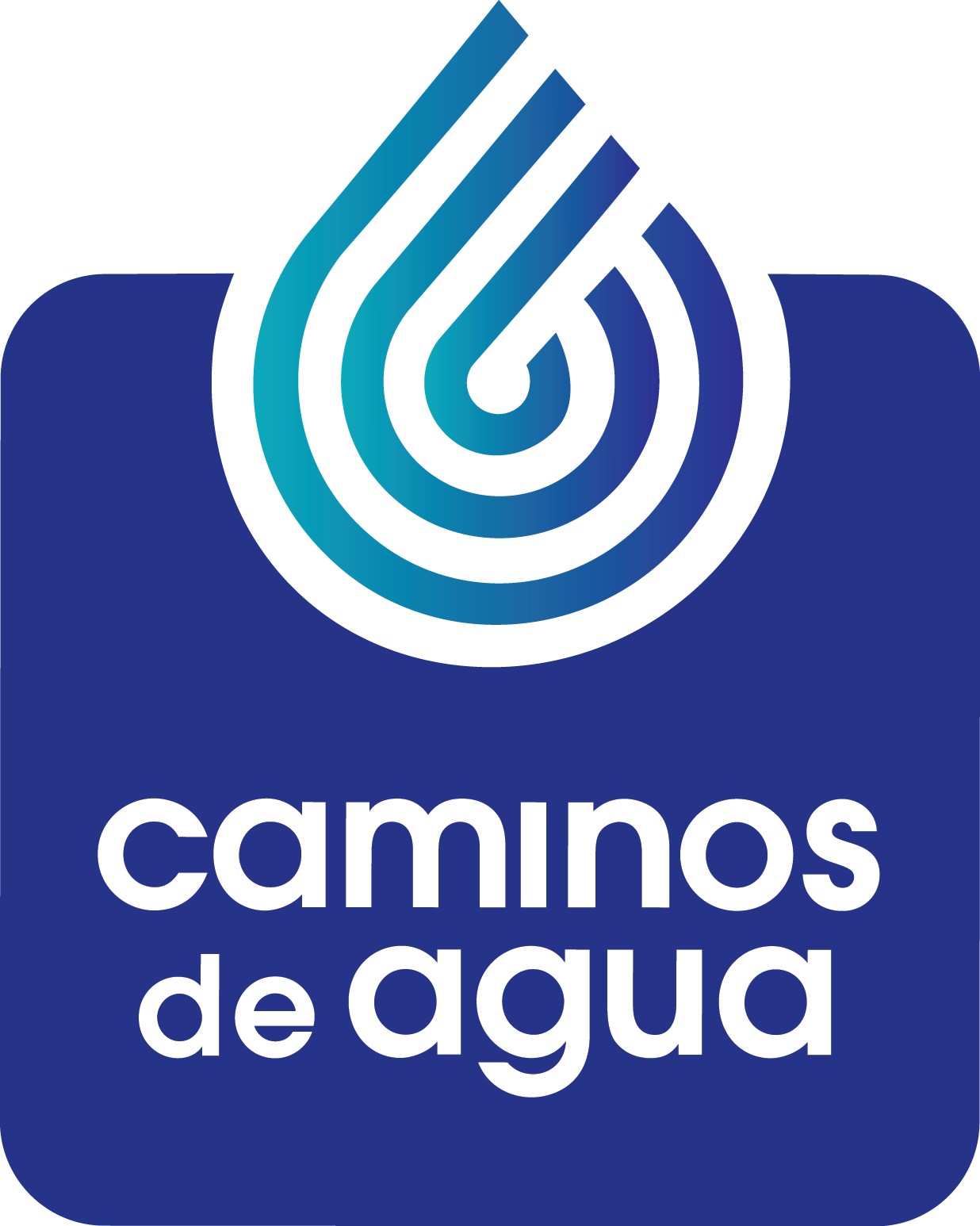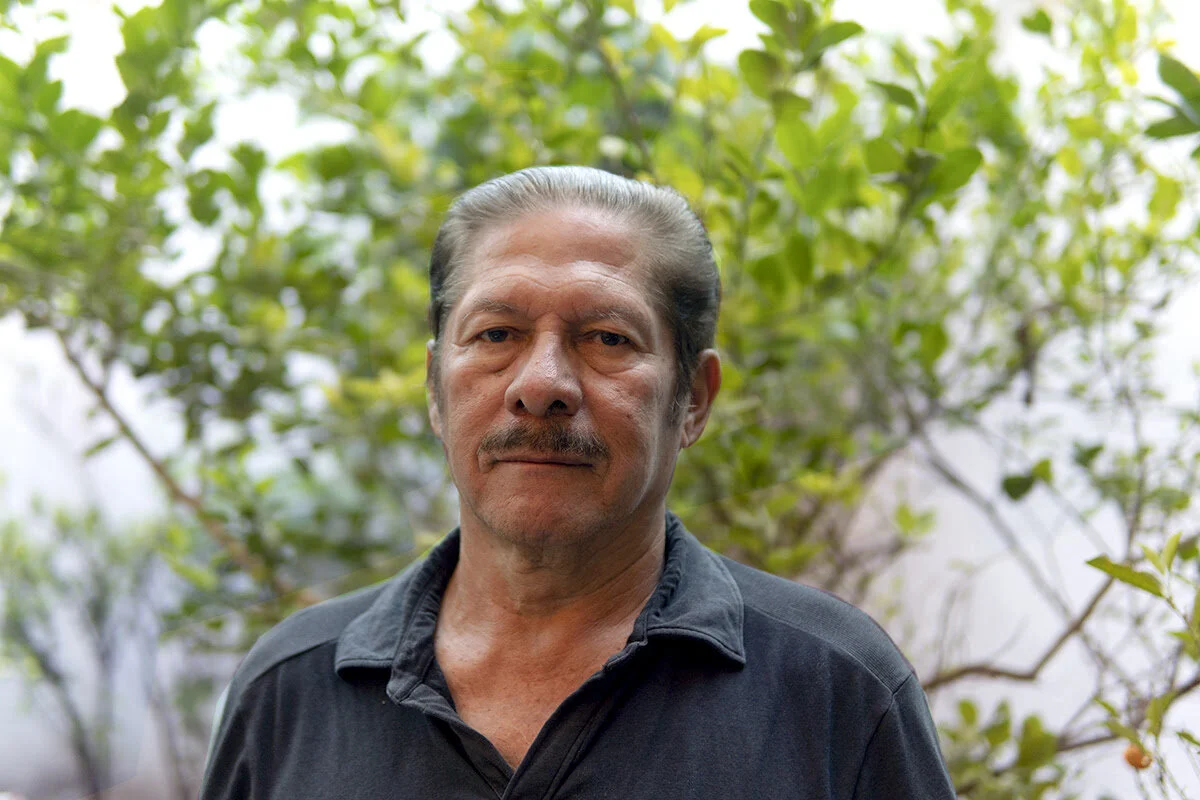San Miguel’s Growing Water Crisis – What It Means To You
All this month, we will be bringing you a different face of the urban side of our water crisis through the lens of the people who live here in San Miguel – highlighting their opinions, worries, struggles, and their victories. Once you more fully understand the scope of the threat that this crisis represents to all who call San Miguel home, we hope you will help us get our new Urban Education Initiative off the ground by making a donation today.
Foto: Armando Silva Pacheco, Director del CBTis no. 60 – preparatoria pública ubicada en San Miguel de Allende.
Armando Silva Pacheco is the Director of CBTis no. 60 (CBTis) – a public high school located in urban San Miguel de Allende. CBTis is unique because it welcomes students hailing from both urban San Miguel as well as from many of the surrounding rural communities. Pacheco has dedicated the past 38 years to working with these students. He has become deeply aware of the problems posed by climate change, agricultural overexploitation, and, especially, the regional water crisis and how it particularly affects his young students directly.
"Our water crisis is affecting everyone, both rural and urban, but I try to create awareness with my urban students especially, in order to help them understand that water scarcity and contamination is not only limited...to our rural students."
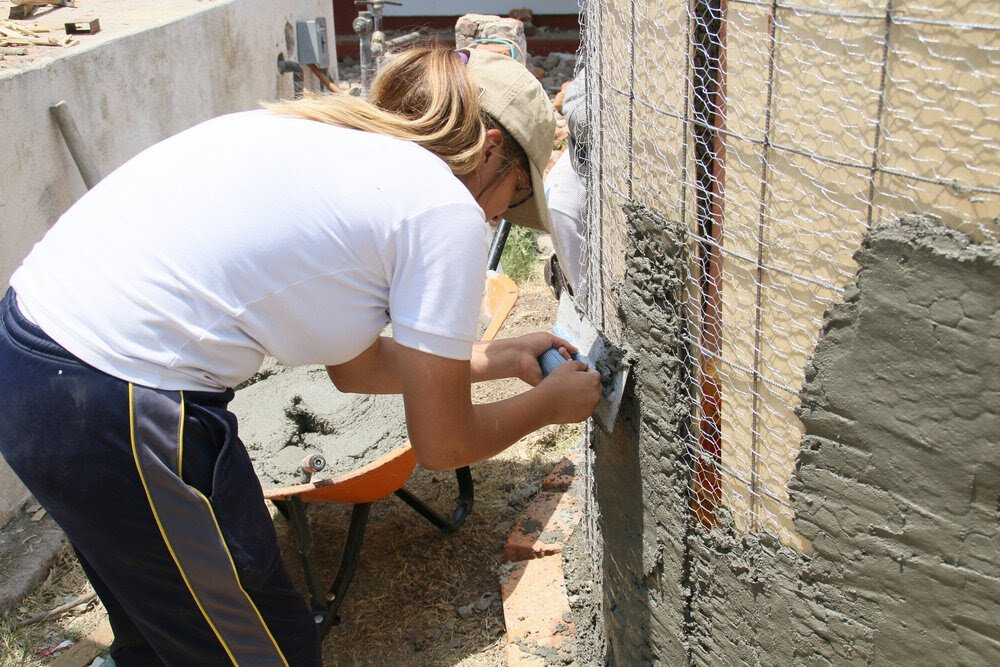
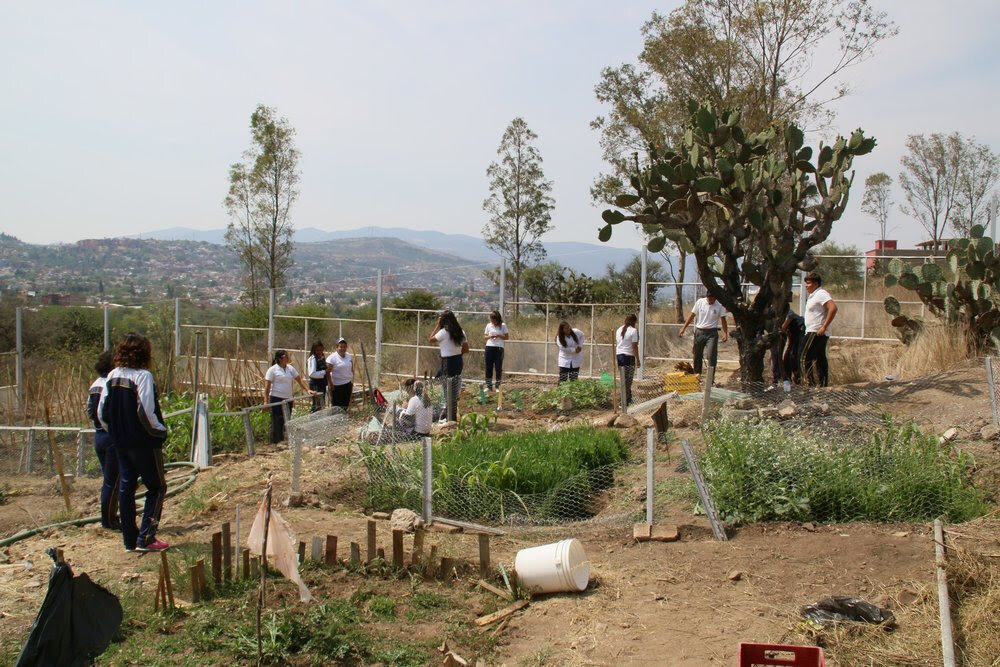
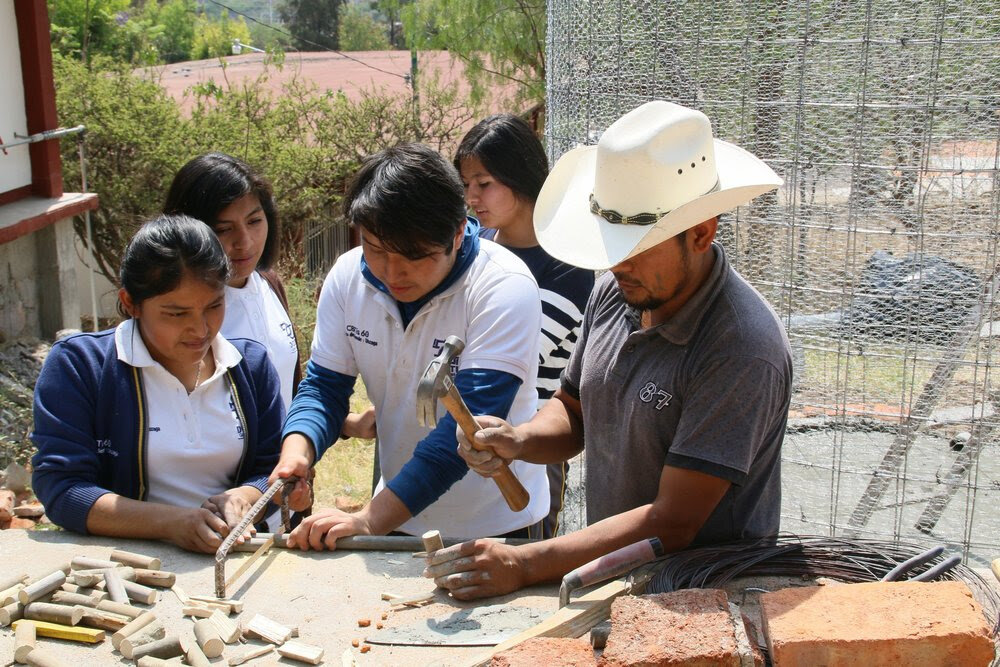
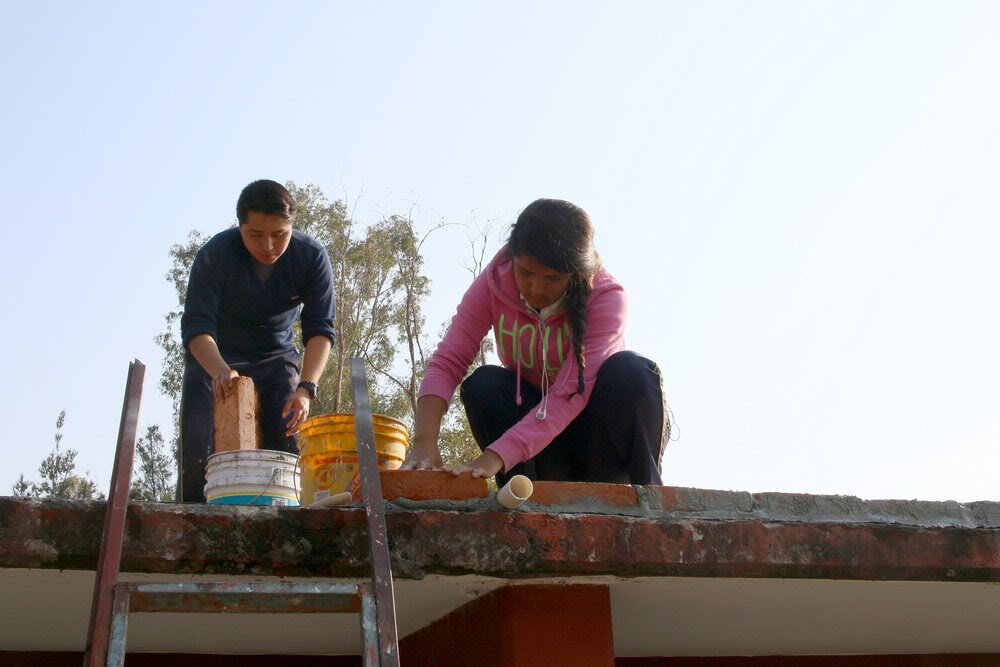
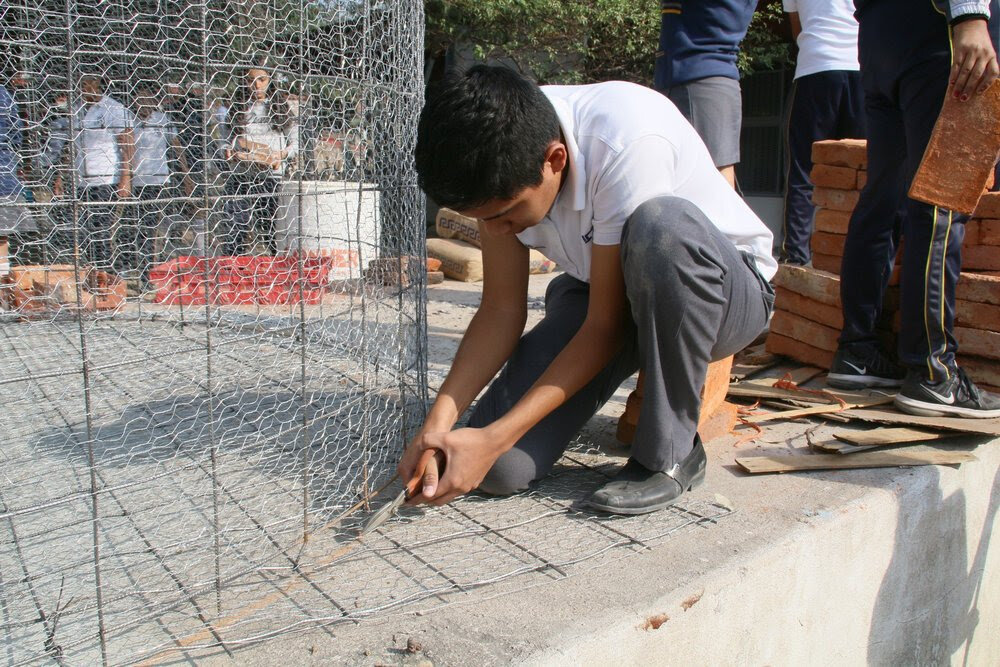
Pacheco is right. San Miguel de Allende is located on the Upper Rio Laja Aquifer in Northern Guanajuato State – the main reservoir where more than 680,000 people, rural and urban alike, get their water from. This aquifer is severely overexploited, mainly due to the water-intensive activities of the expanding export-agricultural industry in our region that consumes up to 85% of all the water available. But the impact is not just limited to the rural areas where this industry thrives. We are all connected by the aquifer. So, the water taken from one area can impact people in another. This overexploitation of our shared, and finite, water source has led our water table to decrease by a staggering 2-3 meters (7-10 feet) every year, drying up many rural and urban wells and forcing us to dig deeper in order to obtain the water we need.
Unfortunately, the deeper the wells are drilled, the more severely the water is contaminated with naturally-occurring minerals such as arsenic and fluoride. The health effects provoked by the consumption of these minerals are well known – dental and skeletal fluorosis (browning of the teeth and making bones fragile and deformed), skin lesions, chronic kidney disease, cognitive developmental impairments in children, and multiple types of cancer.
Pacheco further understands that the solutions are not easy. Arsenic and fluoride are not easily removed from the water. In fact, the only easily accessible alternative for most is to buy bottled water, but Pacheco notes that for many of his students and their families, “they simply can’t afford to [regularly] buy a garrafon of water that costs 35-45 pesos. They barely have enough to buy a kilo of tortillas. They can’t buy water.” This illustrates one of the major inequalities highlighted by our water crisis – clean water is all too often only available to those who can afford it.
Photo: Caminos de Agua's Saúl Juárez gives a workshop to CBTis students regarding our regional water issues.
That’s why in 2017, Pacheco began collaborating with Caminos de Agua – to help his students both better understand the water crisis and to look for alternative solutions together. “In our biology and ecology classes, we work on a foundation of projects,” says Pacheco, where his students learn about water and other environmental issues by prototyping solutions. So, at Caminos de Agua we developed a three-week, hands-on water course for more than 90 of Pacheco’s students. Together, we created concrete projects – building a large-scale rainwater harvesting system for the school as well as several different water treatment systems, which are monitored by the students for water quality throughout the year.
Pacheco’s students regularly monitor the water quality from the different communities and colonias that they come from in the laboratory he created, allowing them to continue to learn about the health impacts of the water crisis on them and future generations.
With the severity of the urban-side of our water crisis growing, at Caminos de Agua, we have committed ourselves to creating an Urban Education Initiative that will allow us to continue working with educators like Pacheco, and so many others, to help urban residents navigate this complex reality. Launching in September, our Urban Education Initiative will monitor water in the urban area, offer neighborhood workshops, help residents organize, and build model urban solutions to our water quality and scarcity challenges.
This badly needed new program comes with significant cost. We are already deeply committed to building clean water solutions with dozens of rural communities at risk, and we can’t stop that vital work. So, to all the stakeholders and people who love San Miguel de Allende and the special community it is, it’s time to invest in the future of the city. So please consider a donation to help launch our new Urban Education Initiative this year.
